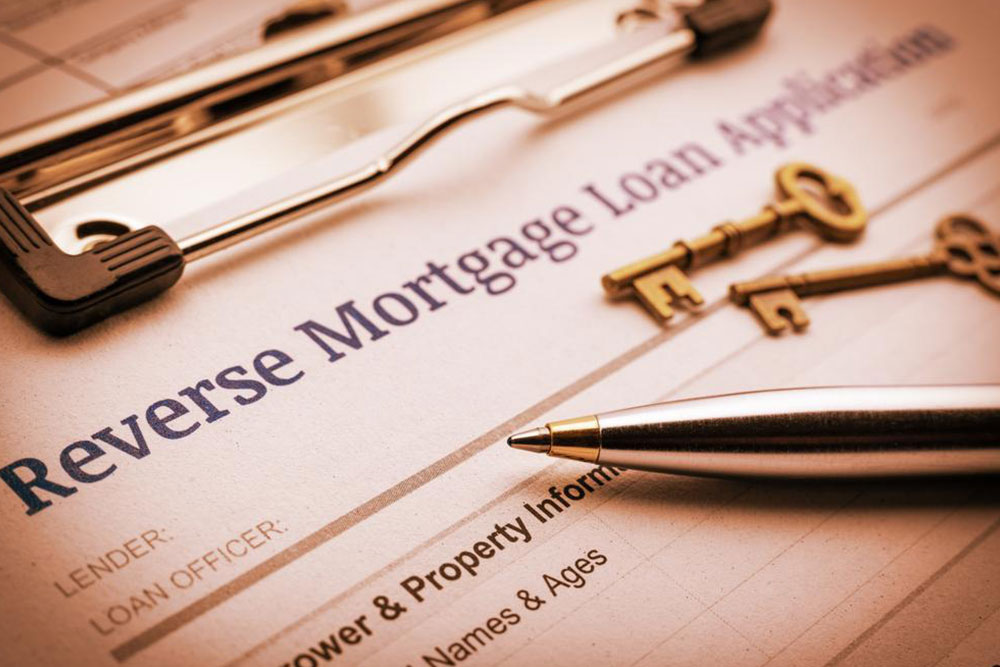Understanding Reverse Mortgage Rates and How They Work
Learn all about reverse mortgage rates, how they function, and the options available for seniors seeking to unlock their home equity. This guide covers loan types, calculator tools, and key considerations for retirees exploring reverse mortgages as a financial resource.

Understanding Reverse Mortgage Rates and How They Work
A reverse mortgage is a home loan designed for older homeowners or those with minimal remaining mortgages, allowing them to access their home equity without making regular debt payments. While property taxes and insurance remain the homeowner's responsibility, the loan taps into the home's market value minus any existing claims. Repayment occurs only when the homeowner moves out permanently or passes away.
Reverse mortgages serve as a vital financial tool for retirees over 62, especially when Social Security benefits are insufficient and medical expenses rise. They help supplement income during retirement.
With a reverse mortgage, homeowners owe only the current home value regardless of the borrowed amount. If the loan balance is less than the home's value upon repayment, any remaining equity stays with the homeowner or heirs. Borrowers can access the funds as a lump sum, monthly payments, a line of credit, or a mix of these options. The AARP reverse mortgage calculator helps users estimate their home equity and potential loan amounts by inputting details such as ZIP code, date of birth, co-owner's info, and home value.
Available options include fixed rate HECM loans, where interest remains constant, adjustable-rate HECM loans based on LIBOR, or flexible HECM Saver plans. The calculator provides insights into how much money can be borrowed through different payout methods. Online tools like the AARP reverse mortgage calculator are simple, reliable options for seniors seeking quick estimates.










